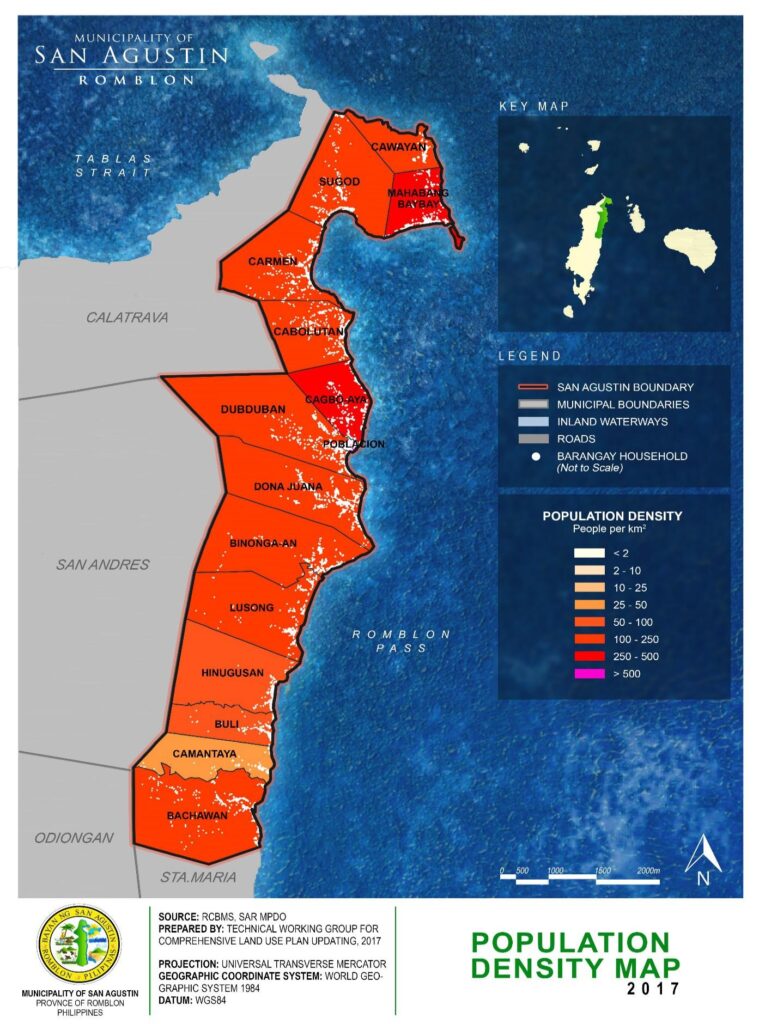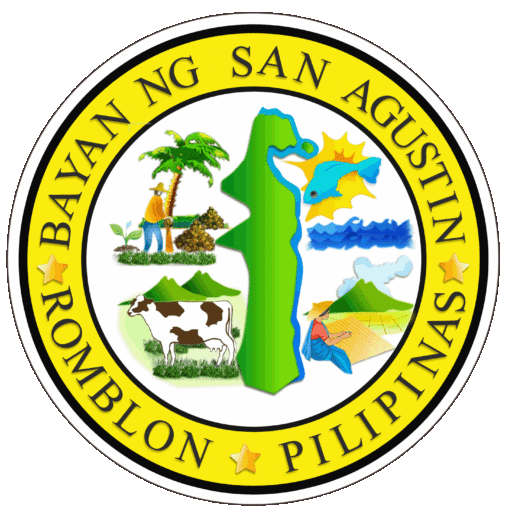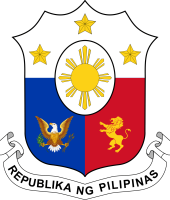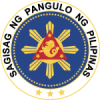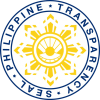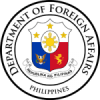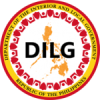Demographic Profile
Population Size and Growth Rate
This section will deal with the demographic and social characterization of the people of San Agustin that will serve as inputs to their social needs identification. These will then serve as basis for developmental interventions in terms of community facility adequacy of the basic services covering health, education, social welfare, housing, recreation/sports and protective services. Data utilized in this section were gathered or adapted mainly from the comprehensive 2010 Census of Population and Housing Survey of the then National Statistics Office (NSO), which is now the Philippine Statistics Authority (PSA). The population data was updated by the mid-censal population survey of 2015. The most updated Census from PSA is 2020 as presented in Table 2.5.

Population Size and Growth Rate
With the annual growth rate of the Municipality estimated at 0.43%, a ten-year projection was computed for every barangay. The total population of the Municipality will reach 23,798, covering 2017-2027, the planning period. Considering other population factors such as in-migration and other triggering situation for population movements such as a tourism boom, the population estimates would be more.
Barangay Doña Juana will remain as the most populated area in 2027 with 2,648 people with the adjacent Barangay Dubduban coming in at second with 2,262 people. Both of these barangays are part of the middle barangay cluster. The third most populated area is Barangay Ma-Baybay at 2,120 people in this coastal community while Barangay Bachawan is projected to be a close fourth with 2,091 people. They are located within the northern barangay and southern barangay clusters respectively.

Population Size and Growth Rate
San Agustin has a gross
population of 238 persons/sq.km. or approximately 2 persons (2.38)/hectare.
Barangay Poblacion is the most densely populated at 83 persons/hectare with
Barangay Hinugusan as the least dense at only 105 people/sq.km or 1
person/hectare with following closely at 107. Barangay Bachawan has the largest
area coverage (1,094 hec.) and Doña Juana, the highest population (2,514) while
Barangay Poblacion is the most dense covering 18 hectares with 1,496 people.
The latter’s population density far exceeds the minimum of 500 persons/sq.km to
be considered urban. The varying definitions of urban areas in the Philippine
setting can be applied to some areas in the barangays of Ma-baybay, Carmen,
Dubduban, Doña Juana, Lusong and Bachawan. These areas can be explored as
agro-tourism
centers or nodes of mixed-use activities servicing a cluster of barangays.
